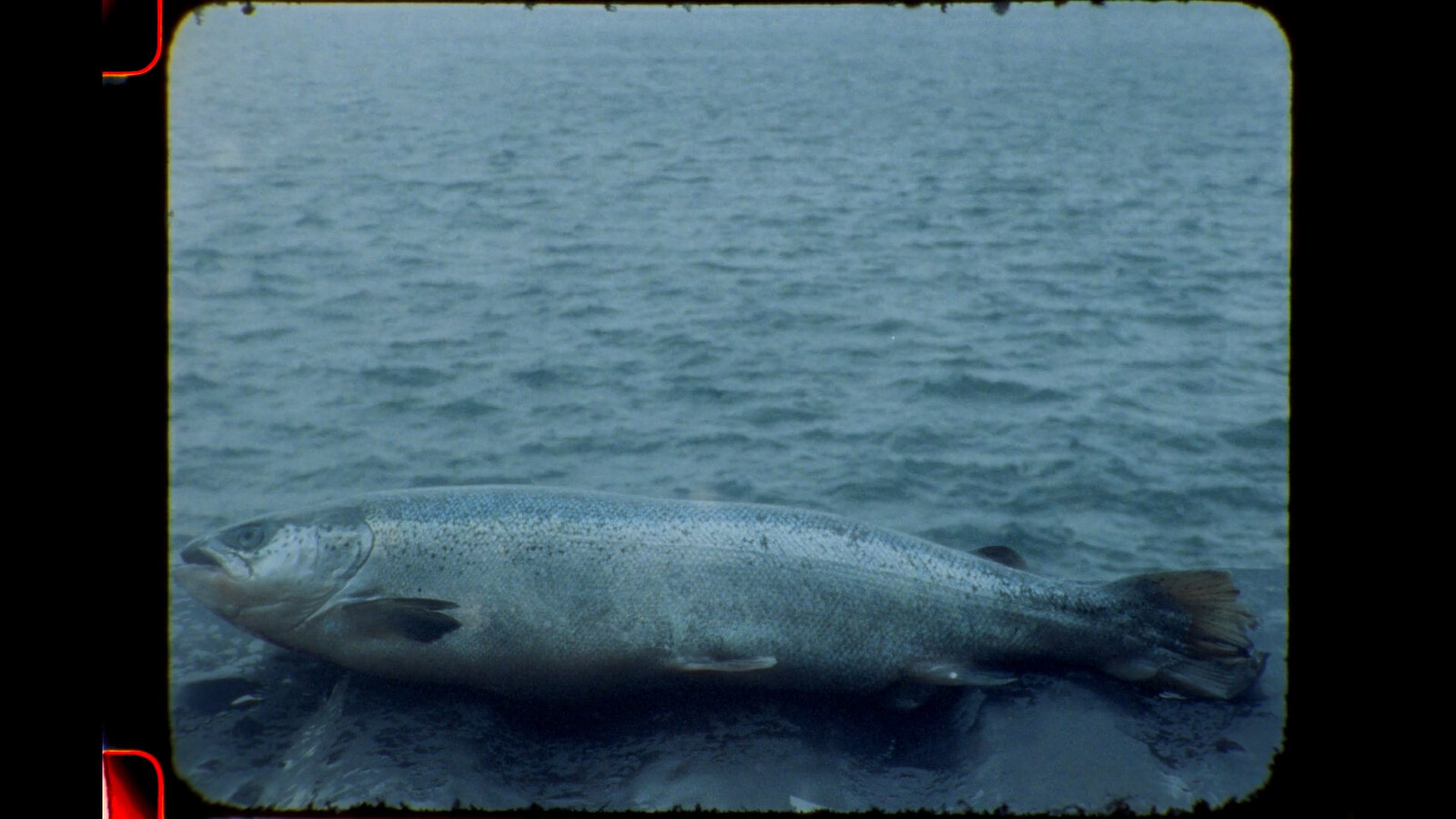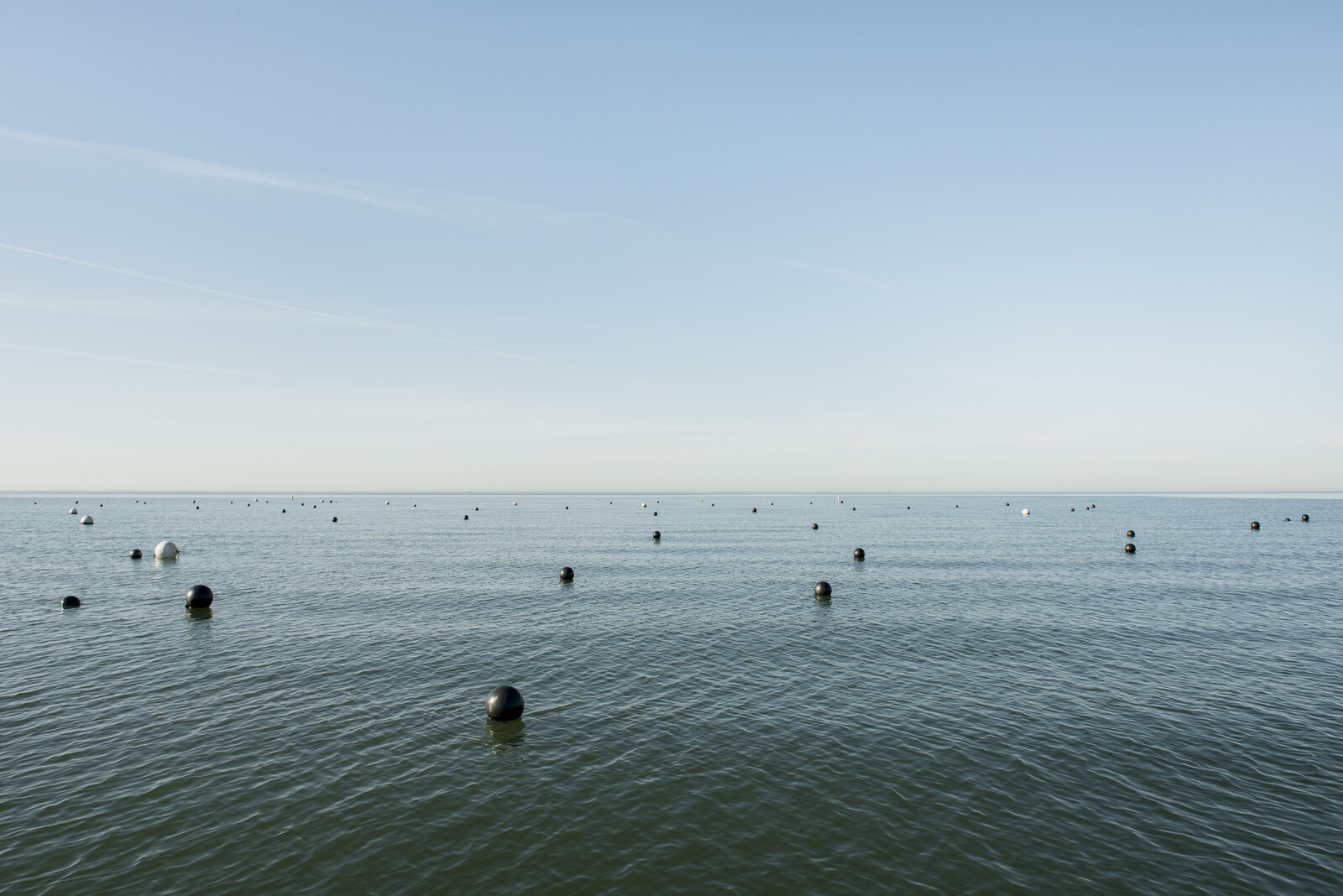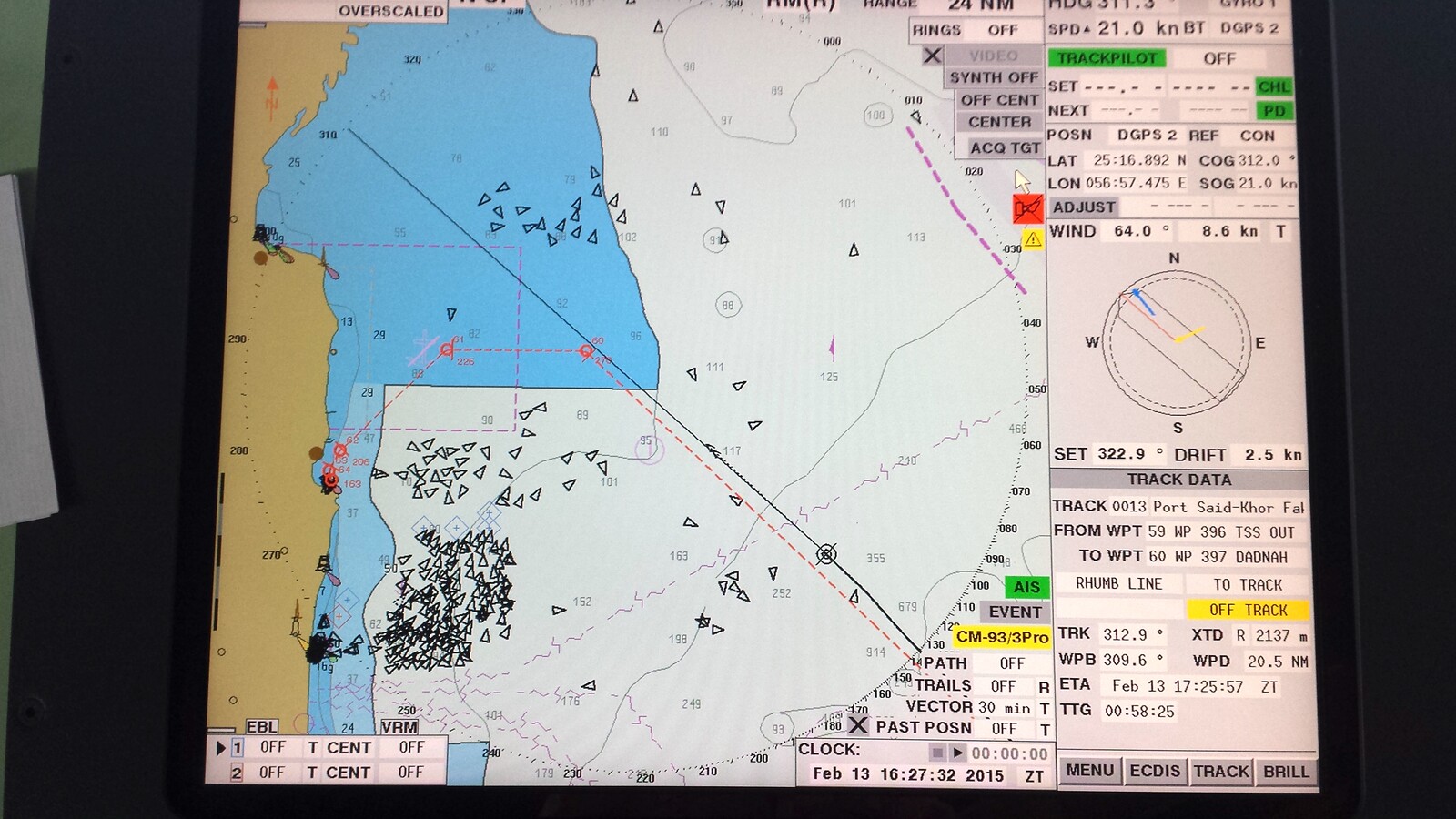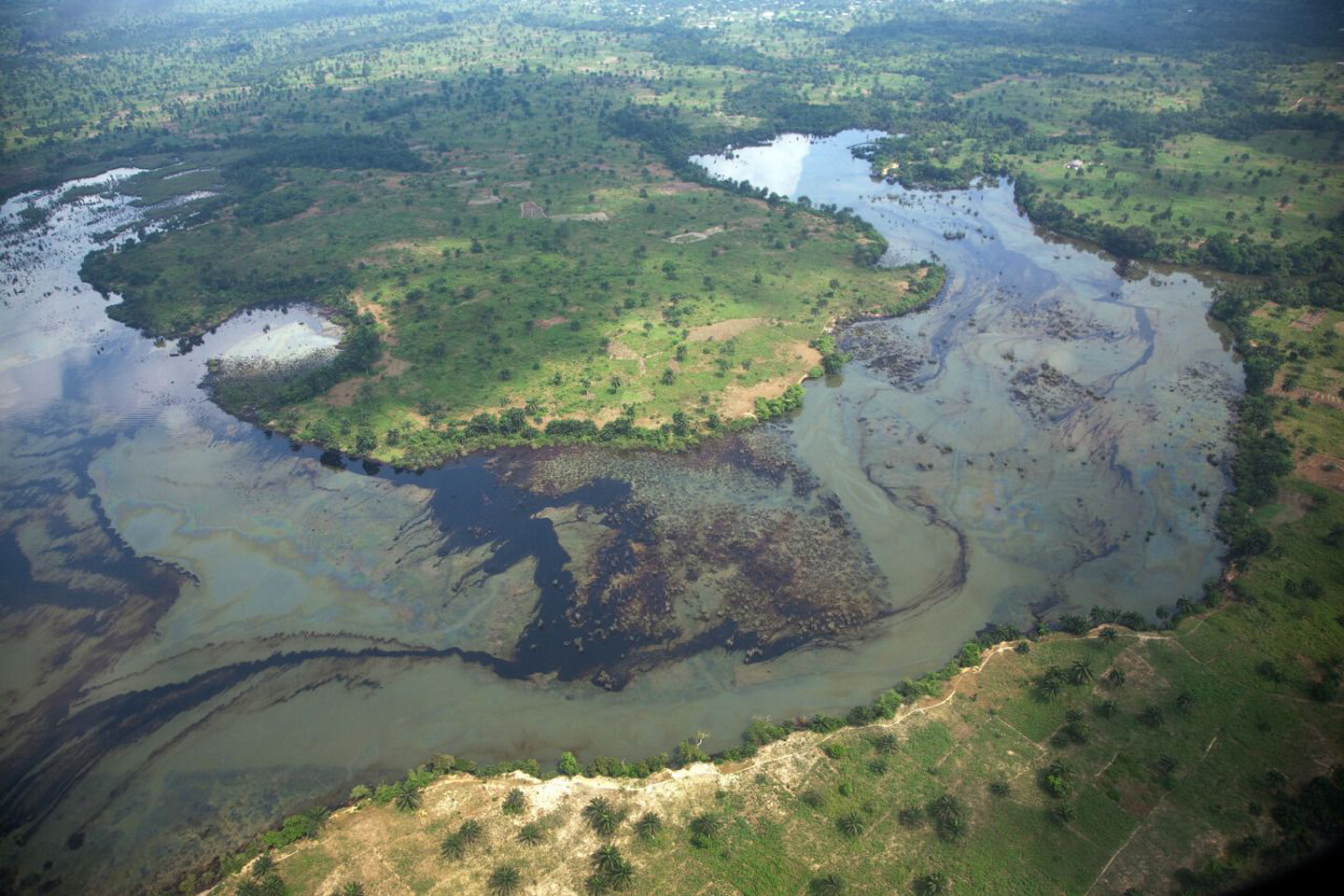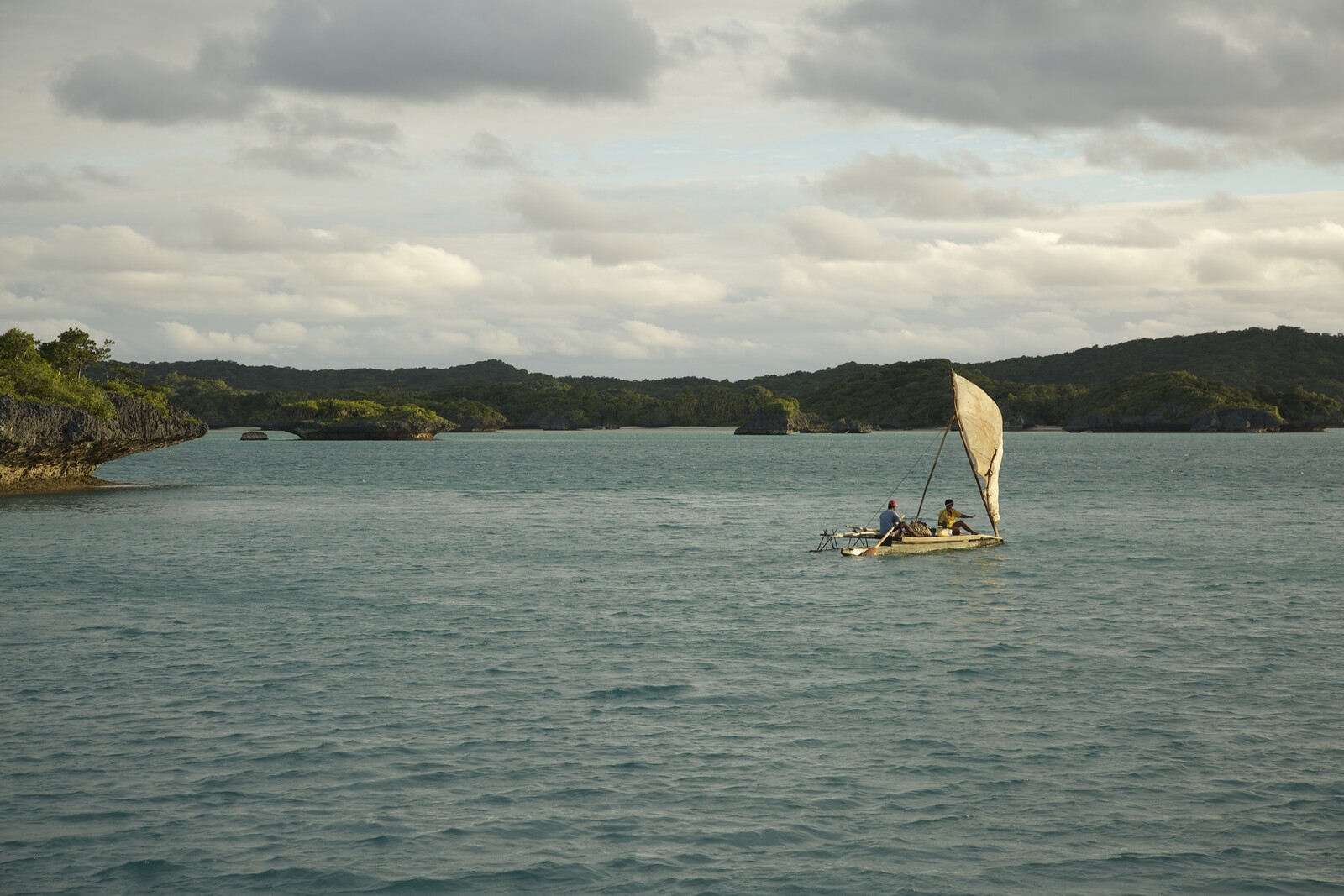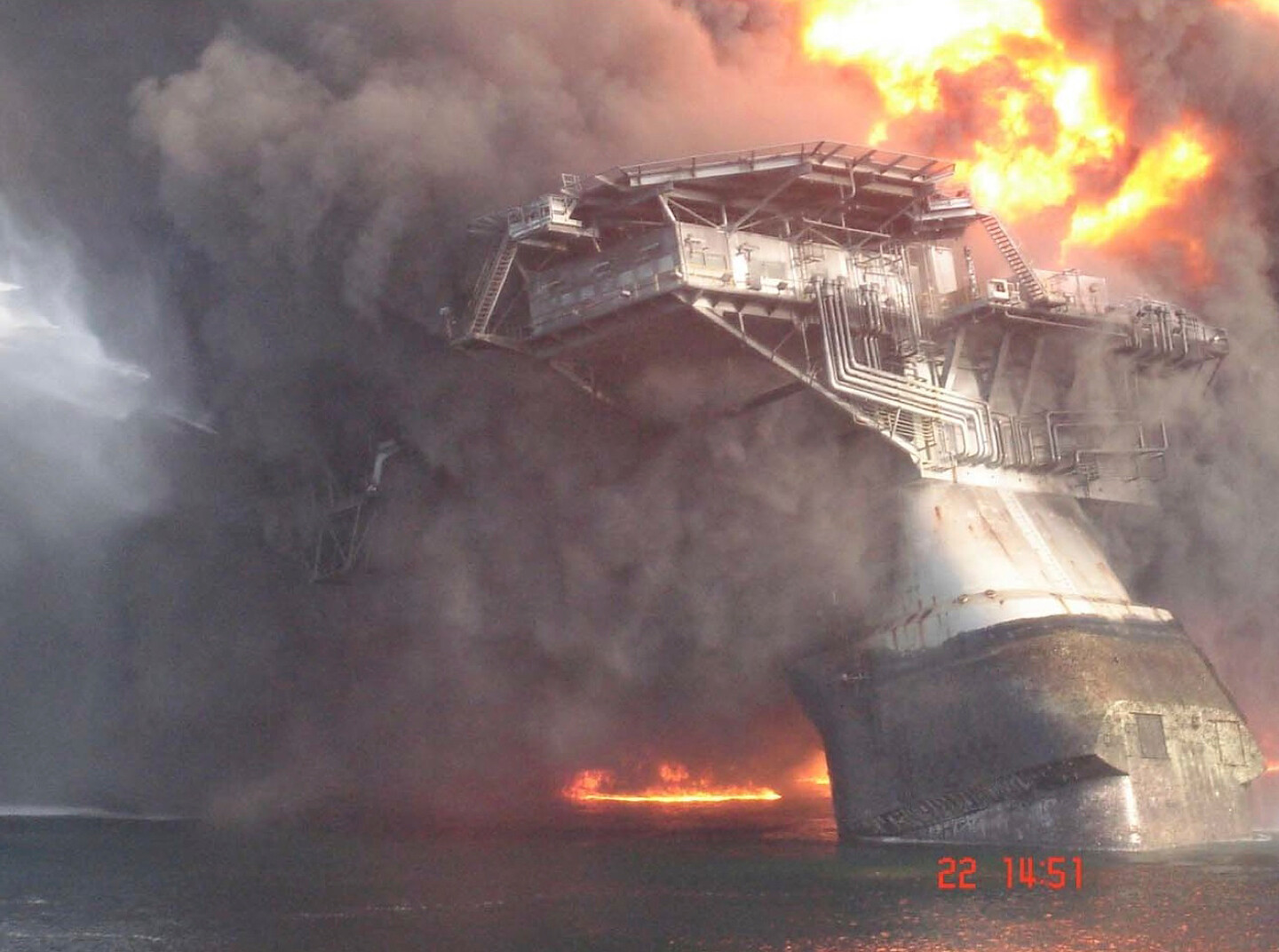The Azores archipelago has long been considered a site of geostrategic relevance for geopolitical and resource exploitation due to its natural wealth and its location in the North Atlantic. This volcanic Eden, comprising nine islands, sits on the meridian that connects Lisbon and New York and is positioned between the Eurasian, the North American, and the African continental plates.
The archipelago’s bountiful landscapes are not only known for their lavish mixture of flora and fauna: much of their value owes to their location along the fertile grounds of the mid-Atlantic ridge. This multi-stratum of oceanic spaces makes it a crucial place to study the migratory routes of cetaceans and other species. As such, the Azores are today considered an important site for research in deep sea ecology, ocean climatology, and more.
The islands, which are currently an autonomous region of Portugal, were first occupied by Portuguese settlers in 1439, who dedicated themselves to agriculture and whaling. The latter activity provided much of the island’s supplies and exports, namely derivatives of cetacean oil for illumination and lubrication of industrial machinery. With the international ban of whaling in the 1980s, the island workforce and part of the industry’s infrastructures were diverted to forms of ecotourism, which now sustain the islands.
In the early twentieth century, the geostrategic location of the archipelago made it eligible for the crossing of transatlantic cables, as well as a stopover site during the first cross-Atlantic flight. Since World War II, the United States Air Force has used the Lajes military base on Terceira island, and today STARlab, the Atlantic International Satellite Launch Programme, is currently being built on Santa Maria Island with investment funds from the Chinese Science Academy.
The politics and resource strategies of the Azores have long been triangulated between local conservation strategies, the geopolitical aspirations of the Portuguese Central Government, and a confluence of international interests. These interests are today put at stake as an emerging threat to the high seas has been steadily gathering momentum around the waters of the region, one that promises an unprecedented industrialization of ocean space: deep-sea mining.1
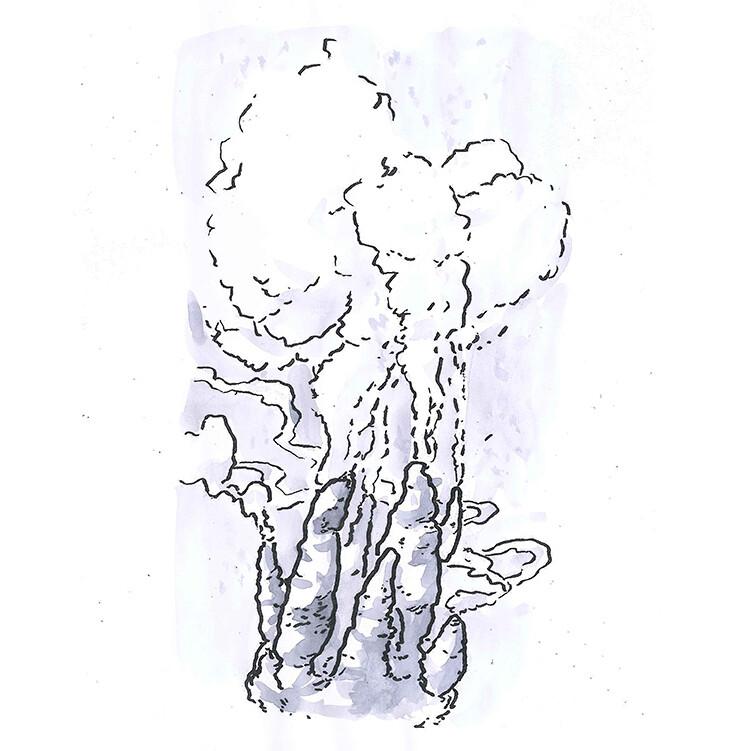

Hydrothermal vents. Drawing by Daniel Melim.
Enchanted isles, spellbound industry
In the early 1990s, several hydrothermal vent fields were discovered southwest of the Azores archipelago along the Mid-Atlantic Ridge—with cobalt crusts on its northern seamounts as well as manganese nodules on the southern side of the islands. Recent EU reports define twenty-seven raw materials to be in critical demand, as China remains the main supplier to Europe and a worldwide exporter.2 The dependence of raw material supplies is seen to have strategic importance at the European level, and as such, the EU has taken a prominent role in promoting policy, investment funds, and EU innovation partnerships in this area.3
Alongside its Deep Sea Minerals project in the Pacific Community (SPC) and a host of public-private partnerships promoted by several Member States, the EU is also at the center of a growing institutional mobilization focused on the Atlantic, where national maritime concessions and areas on the high seas around the Azores archipelago take on a particularly key role.4 According to lawyer Marta Chantal Ribeiro, coordinator of the Law of the Sea Research Group at the Interdisciplinary Centre of Marine and Environmental Research, University of Porto, the sea surrounding the Azores “is the most attractive in the context of the European Union, and probably where conditions are more favorable to proceed with mining, from the point of view of the economic interests which it bares.”5 Deep sea mineral extraction threatens to not only completely destroy portions of the ocean floor and erase the communities that inhabit it, but also have broader cumulative impacts, whose full scope still remains largely unknown.6
Technological progress in the field of deep-sea mining accelerates the possibility of giving way to new submarine extractive industries in the near future. It’s currently estimated that the increasing market demand for mineral resources from now until 2050 will exceed all that has been extracted since the dawn of humanity to the present day.7 While much of this demand comes from consumer tech industries, there is also increasing need for raw minerals and metals to supply the development, deployment, and storage of clean energy.8 Faced with the mineralogical potential of the ocean floor, international demand for economic growth gives further space for industry to promote the necessity and inevitability of these endeavors.
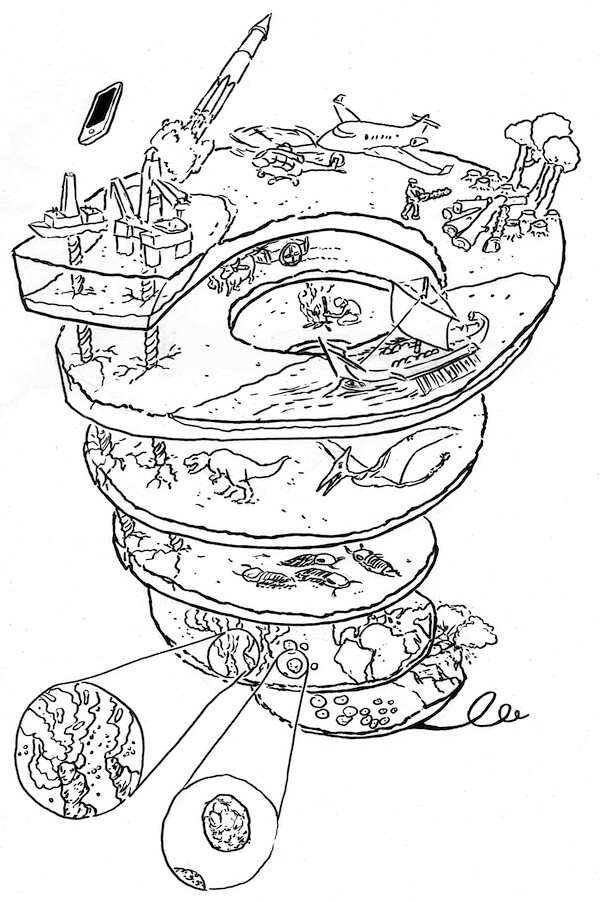

The eras of the geological timescale. Drawing by Daniel Melim.
A timeline of events
Since the implementation of UNCLOS, the United Nations Conservation Law of the Sea in the 1980s, sovereignty rights over ocean space has been acquired in the form of EEZs (Exclusive Economic Zones) by countries around the world.9 Since the end of the 2010s, several public and private initiatives have been launched in Portugal to promote and adjudicate the possible exploitation of non-living resources on the seabed. A common link between these initiatives, whether dedicated to research or conservation, has been the development of oceanographic surveys, which often serve as point of departure for obtaining project financing, pursuing resource prospection, and exploitation.
In 2005, the Portuguese Task Group for the Extension of the Continental Shelf (EMEPC) was created to prepare, present, and defend a proposal to extend the Portuguese continental shelf before the Commission on the Limits of the Continental Shelf (CLCS) of the United Nations.10 Extensions of the continental shelf are exclusively geared towards ensuring the sovereignty of a state over the resources in the soil and subsoil beyond the 200 maritime miles of its EEZ. Portugal has the third-largest maritime EEZ of the EU, and the twentieth largest in the world, at 1,727,408 square kilometers. The proposal would have expanded that area to 2.15 million square kilometers; forty-two times larger than the area of Portugal itself.
A year prior to Portugal submitting its proposal to CLCS in 2009, the company Nautilus Minerals, Inc., which had previously been developing experimental deep sea mining tests in Papua New Guinea, submitted a request to the Portuguese Regional Secretariat for the Sea, Science, and Technology for mineral prospecting rights for six locations in the Azores Sea.11 This request was not granted, and soon after, in 2011, the Azores Government created the Azores Marine Park, which banned all extractive activities within its network of Marine Protected Areas (MPAs), which includes diverse ecosystems, hydrothermal vents, submarine banks, and seamounts.
In 2012, the Azores Government legislated the reclamation of existing natural assets on the seabed (excluding hydrocarbons, natural gas, and methane hydrates). That same year, Nautilus Minerals Inc. submitted five new requests to the Portuguese Regional Secretariat for the Sea, Science and Technology for prospecting and extraction rights in areas on the periphery of the Azores Marine Park.
In 2013, the EU, Canada, and the USA signed the Galway Declaration on the Atlantic Ocean Cooperation with the aim of stimulating research partnerships to obtain further knowledge about the Atlantic Ocean and its system dynamics—including its connections with the Arctic and North Atlantic.12 It proposed data sharing, inter-operability, and infrastructure coordination for the observation and mapping of benthic habitats between the signatory countries. That same year, another similar project called MIDAS (Managing Impacts of Deep-seA reSource exploitation) was established by the EU and a consortium of thirty-two partners, financed by the European Commission, whose purpose was to investigate over three years the impacts associated with the extraction of energy and mineral resources from the bottom of the sea.13 The following year, the Blue Mining project was established as an international consortium of nineteen European organizations, including members from academia and industry, to assess the impacts and potentials for deep-sea mineral and energy resource extraction around the Azores.14 The minerals Blue Mining identified for evaluation included polymetallic nodules and sulphides, ferromagnetic crusts rich in cobalt, methane hydrates, and rare earth elements.
In 2014, the Portuguese government took notice of the inherent conflict between the Azores Marine Park and the requests made by Nautilus Minerals Inc and EU initiatives that gravitated towards it. As a result, the national parliament passed legislation that limited the authority of autonomous regions to approve territorial zoning plans beyond the 200-mile EEZ limit. Furthermore, the Portuguese government soon also approved a new law decreeing that any new proposals by autonomous regions for implementing MPAs within that same area require consent from the central government, as well as establishing the central government’s authority to decide whether or not to include currently-existing MPAs in its national zoning plan. This began a legal dialogue regarding what autonomy actually meant for the Azores, as well as how much the central government could override decisions by regional governments—clues that were perhaps indicative of how this dynamic would play out if, and when the extension of the continental shelf was granted.15
The constitutional status of the Azores as an autonomous region gives it environmental authority beyond the 200 miles of the EEZ. Therefore, in response to these actions taken by the central government, the Azores regional government appealed these laws to the Constitutional Court. While the appeal was unsuccessful, they exercised power by not complying with the national spatial planning policy program.
In 2015, the Portuguese Parliament passed a new law establishing a legal framework for surveying existing geological resources on national territory, including those located in national maritime waters. The law lacked any jurisdictional concern for environmental protection before, during, or after the proposed activities. Its primary purpose was to resolve the national political divisions created between mainland Portugal and the Azores, stating that for the purpose of attributing any licenses, both regional and national governments must be signatories. After the law was approved, the regional government approved the expansion of the Azores Marine Park, thereby including areas for which Nautilus Minerals Inc. had submitted a request for an exploitation license—the Menez Gwen, Lucky Strike and Rainbow hydrothermal fields—while maintaining the ban on mineral extraction within the protected areas of the park.


Area under Portuguese sovereignty, including the Azores and Madeira archipelagos. Drawing by Daniel Melim.
The main MPAs within the Azores Marine Park are recognized by the European Commission as Sites of Community Interest, Conservation, and Importance, and are part of the Natura 2000 network.16 This means that the declassification of any site of this kind must be approved by the European Commission, and that the Portuguese central government cannot override the status of the Azores’s MPAs without the Commission’s approval. Other MPAs within the Azores Marine Park are recognized by the OSPAR Convention (Convention for the Protection of the Marine Environment of the North-East Atlantic), an international mechanism that regulates the discharge of pollutants into the marine environment signed by fifteen nations, including Portugal.17 Also in 2015, Portugal submitted a proposal to nominate the “Rainbow” MPA—a hydrothermal vent field that is the first national Marine Protected Area proposed beyond the 200-kilometer EEZ boundary—as a Site of Community Interest, Conservation, and Importance, which was later approved by OSPAR.18
In recent years, Portugal has promoted a political agenda whose growth-led policies target the “Blue Economy” and marine investment. Numerous projects, think tanks, ocean literacy programs, and high-level ministry conferences have been held in Portugal with the aim to secure investment partnerships. In July 2017, for instance, the EU, Brazil, and South Africa signed the Belém Statement, an accord which reinforces a shared commitment to pursuing research and innovation in the southern part of the Atlantic Ocean.19 This statement was signed within the scope of the conference “A New Era of Blue Enlightenment,” which promoted the Azores as a geostrategic point for the convergence of partners and entities studying the Atlantic, as well as a source of mineral resources to exploit.20 As a sign of the heightened interest in the region from a web of private and state interests, that same year Poland applied for a concession from the International Seabed Authority (ISA) to exploit marine resources within an EBSA (Ecologically or Biologically Significant Marine Areas) area certified by the Convention of Biological Diversity, located just outside of Azorean waters, in the vicinity of Flores island.
While resource prospection on national waters is legislated by individual nation states, the regulation, supervision, and exploration of the ocean floor in international waters and the high seas lies with the International Seabed Authority. A United Nations body, the ISA has up until today leased twenty-nine concessions for prospecting and exploiting that cover a total of approximately around two million square kilometers of international seabed. While the ISA receives royalties from mining concessions and plans to develop a company to commercialize seabed ore, it is also the institutional body responsible for drafting guidelines on seabed mining, which it aims to publish in the coming year.
In this context, Fausto Brito e Abreu, former Director General of the Portuguese Directorate-General for Maritime Policy, and Filipe Porteiro, Regional Director of Sea Affairs in the Azores, stated that they are awaiting the ISA’s publication of deep-sea mining before advancing with mining plans.21 They also signaled that they would open the door to experimental mining techniques which, they claimed, “will certainly not be damaging to the environment” so long as “they follow this regulation.” This is a worrying statement, given that the ISA has been accused by various NGOs of a lack of transparency and being ecologically biased.22 According to Mónica Verbeek, director of the NGO conglomerate Seas at Risk, “the EBSA are areas of extreme importance for the ocean, as their aim is to protect its healthy functioning.”23 Accordingly, “it is essential to begin a public debate on mining, involving stakeholders in all the areas which will be affected, clarifying who will benefit and who will suffer from the impacts.”24
Several environmental associations and Azorean citizens have expressed concern regarding the possibility of deep-sea mining. Friends of the Azores, a NGO focused on the region’s environment, worries about the lack of opportunities for civic participation in debates on mining, as well as how governance on the topic is being conducted.25 One of its members, Diogo Caetano, is troubled by the lack of transparency on how the entire project is being managed, stating that it is “fundamental to provide Azorean society with knowledge of the current state of the deep sea, releasing studies already developed and announcing those yet to be developed, the financial amounts invested and their respective origins, as well as the projects and plans, both regional and national, on medium and long-terms.”
ARTAC, the Regional Association for the Promotion and Development of Tourism, Environment, Culture, and Health in the Azores headed by Filipe Tavares and Sara Ponte, has also expressed concern regarding the “devastating effects of mining on fragile and unique marine ecosystems.”26 They highlight the absurdity of the fact that, even though the Azores are recognized for their biodiversity and sustainability, “the reality is that its marine resources are deeply dilapidated due to excessive fishing, poor management and lack of inspection. To speak of mining, is a sign that everything has failed, even autonomy itself.”


The vertical axis from outer space to the ocean’s depths. From Inhabitants, What is Deep Sea Mining? Episode 1: Tools for Ocean Literacy, 2018. Drawing by Daniel Melim.
Priorities
At the end of 2017, the NGO coalition Oceano Livre organized the conference “Deep Sea Mining—a sustainable choice for Portugal?” which brought together environmentalists, politicians, scientists, and legal experts. The conference was an opportunity to promote an informed, critical dialogue on this topic from different positions. At the same time, it offered a glimpse into the government’s position on the topic. During the event, Fausto Brito e Abreu reassured those present that “the Portuguese Government does not consider deep sea mining a priority,” before stating that it will only happen “when it is possible to do so with minimum guarantees of environmental sustainability.”27 He concluded by saying that, in his view, it will be necessary to wait at least a decade and a half before “we extract the first mineral from the bottom of the Portuguese sea at a commercial scale.” Deep-sea mining is, in other words, not so much a “priority” as it is an inevitable future.
During a 2018 visit by local representatives from the province of New Ireland to the Nautilus shipyard in Port Moresby, Papua New Guinea, the company’s Vice President of Operations, Adam Wright, brazenly affirmed that “there will be no impact on fish, there will be no impact on the reef and its communities.”28 This statement, while ignoring the industrial machinery that would literally reduce the seabed to a paste, reveals a shared mindset and outlook between industry operatives and elected representatives from across the world. During a meeting of the Atlantic Council—a think tank with deep establishment and industry links—Fausto Brito e Abreu and the former Portuguese Minister of Sea Ana Vitorino reaffirmed deep sea mining as one of the four pillars of a renewed cooperation with the USA.29
Facing pressure from activist movements, at the end of 2019, the backers of Nautilus’s deep-sea mining project in Papua New Guinea divested.30 The company is now in administration after hundreds of millions in losses and is largely supported by the government of Papua New Guinea, who was left with a debt equivalent to one-third of the country’s annual health budget for its nine million people.31 Political circumstances dictate a much more cautious discourse these days in the Pacific, but this should not be considered as anything more than a reprieve. The same interests that propelled Nautilus in Papua New Guinea and the Azores are still active in a number of other projects, often sustained in part by public finances and carried through without even a hint of public debate.32
Conclusion
The oceans play a key part of the global ecosystem, as well as a central mechanism in the earth climate system.33 Maritime ecosystems have already been subject to anthropogenic processes of change, such as acidification and mean temperature rise, and are today under additional threat by short to medium-term material demands and profit expectations. Analysis of existing alternatives to mineral and metal demands has been researched and well documented.34 The lack of knowledge about oceanic systems and their eco-systemic complexity and richness is enormous. It is only with profound ignorance that the practice of deep-sea mining can be adopted. And, as we know from other forms of resource extraction such as fracking, once a technology becomes commercially viable and has the backing of both powerful industrial lobbies and national governments (and the “revolving door” between the two), there is no going back. Ecosystems that are thousands of years old cannot be remade. Systemic tipping points cannot be uncrossed. The fragile and still-understudied ecosystems of the Azores are encircled by political agendas and economic interests. We are at a critical junction in terms of ocean governance in the era of the blue economy, and choices made in the short term will determine what kind of world future generations will struggle to survive in. It is essential, in this era, to create spaces for public debate, tools for ocean literacy, and coordinated action with unrestrained solidarity.
The future of the sea surrounding the Azores is a minor conflict that represents a global struggle. Governments cannot be trusted to provide unbiased information and clarification, criteria and scientifically-informed outcomes. It is up to us to demand that elected representatives and institutions protect the commons. Through environmental, civic, and other organizations, individually or collectively mobilized, we must demand participation in the decisions that configure our lives and world.35 For the Azores, this means unequivocally stating that a minimum of protection, sustainability, and concern for our common future not enough. Indeed, it never was. It is up to us to make it clear that far from inevitable, deep-sea mining in the Azores and elsewhere must not go ahead without full environmental assessments, community consultation, and exploration of alternatives. We have the word, now let’s act.
This introduction was developed for the English version of the text. The first part of this article, published in Jornal Mapa, sketched a general outline of this new industry, defining the scope of its plans, the process of seabed mining, developments and shortcomings in international legal framework, with a specific focus on what is happening in the Pacific. In that article, we mentioned that even though the Pacific and Papua New Guinea (PNG) are currently in the spotlight due to these advanced operations, it is vitally important to consider that there are other developments in progress already in European waters. See: “Turvar as águas,” Jornal Mapa, October 9, 2017, ➝.
“Critical raw materials,” European Commission, ➝.
Communication from the Commission to the European Parliament and the Council, “The raw materials initiative: meeting our critical needs for growth and jobs in Europe,” November 4, 2008, ➝.
The SPC-EU Deep Sea Minerals Project, ➝.
“A mineração em mar profundo não é prioritária para o Governo,” Jornal de Economia do Mar, October 2017, ➝.
“Precautionary Management of Deep Sea Mining Potential in Pacific Island Countries,” World Bank, ➝.
“Critical minerals for the EU economy: Foresight to 2030,” 2013, ➝.
It is predicted that over 3 billion tons of minerals and metals, will be needed to deploy wind, solar and geothermal power, as well as energy storage, required for achieving a below 2°C future with and estimated increase of 500% for graphite, lithium and cobalt. For more information, see: Kirsten Hund et al., “Minerals for Climate Action: The Mineral Intensity of the Clean Energy Transition,” World Bank, 2020, ➝.
This has been internationally understood as a form of resource grab and catapult for investments in previous unlegislated waters. As geographer Philip Steinberg describes, previous to the era of industrial capitalism, the ocean has been consistently idealized as a voided space, an “empty transportation surface beyond the space of social relations,” ideal for free trade and navigation. The annihilation of ocean-space, and its construction as a case of exceptionalism in opposition to land-based territory—since it was often not regulated by law—has made of this “free medium” an ideal place for investment and trade.
EMEPC Portuguese Task Group for the Extension of the Continental Shelf, ➝.
Solwara Mining, ➝.
“Galway Statement on Atlantic Ocean Cooperation,” May 24, 2013, ➝.
MIDAS, ➝.
Blue Mining, ➝.
In 2016, there was a new attempt at establishing one of the law decrees published by the central government as unconstitutional, when the Azores regional government lodged a new lawsuit. This request was once again rejected by the Constitutional Court, declaring that the law decree in dispute is in conformity with the Constitution, reasserting the dependency of the regional government on the Portuguese central government.
“Natura 2000 Network Viewer,” European Environment Agency, ➝.
OSPAR Commission, ➝.
Rita C. Abecasis et al., “Marine Conservation in the Azores: Evaluating Marine Protected Area Development in a Remote Island Context,” Frontiers in Marine Science, December 8, 2015, ➝.
“Belém Statement on Atlantic Research and Innovation Cooperation,” July 13, 2017, ➝.
Evoking the notion of enlightenment when applied to the largely understudied oceanic space is a dubious marketing maneuver, as it both revisits the Eurocentric idealism of the scientific revolution, framing the ocean as mare nullius, while it posits much hopes on the fix of the technoscientific and industrial gaze summoned on that conference. The term mare nullius has its equivalent on land as terra nullius, literally, a “space belonging to no-one” which has driven settler colonial spatial politics along the centuries.
“Conference: Deep Sea Mining—a sustainable choice for Portugal?” Oceano Livre, October 27, 2017, ➝.
“DSCC Calls on International Seabed Authority to be more transparent as the race to explore the deep sea accelerates,” Deep Sea Conservation Coalition, August 18, 2017, ➝.
Interview conducted by e-mail with author, 2018.
Associação Ecológica Amigos dos Açores, ➝.
Interview conducted with author, 2018. See “ARTAC,” Facebook, ➝.
“A mineração em mar profundo não é prioritária para o Governo,” ➝.
Cedric Patjole, “Deep sea mining to have zero impact: Nautilus,” Loop, September 28, 2017, ➝.
Jacob Keller, “Ocean Economy and Energy: Opportunities of Cooperation Between Portugal and the U.S.: A Conversation with the Portuguese Minister of Sea, Ana Paula Vitorino,” Atlantic Council, September 14, 2016, ➝.
Amanda Stutt, “Nautilus Minerals officially sinks, shares still trading,” Mining.com, November 26, 2019, ➝.
Cecilia Jamasmie, “Nautilus Minerals’ plans to mine the seafloor sink deeper,” Mining.com, August 14, 2019, ➝.
Recently Deep Green has gained much attention after it made a partnership with the government of Nauru to extract polymetallic nodules supported by Danish shipping giant Maersk.
There have been many calls for moratorium, i.e by European Parliament, the EU fisheries industry, Seas At Risk + 100 NGOs, DSCC, Greenpeace, WWF, among other entities in the Pacific. See “Fisheries and environmental organisations issue joint call for moratorium on deep-sea mining,” Seas At Risk, May 28, 2019, ➝.
Already existing alternatives to mineral and metal demands as proved by a study by the Institute for Sustainable Futures, see: Deep Sea Conservation Coalition, “Summary of the Institute for Sustainable Futures report: Renewable Energy and Deep Sea Mining: Supply, demand and scenarios,” March 3, 2017, ➝.
A recent debate at the European Parliament saw the European Commission and Azorean government representatives question the need for deep-sea mining. Both sides advocated a precautionary approach and stated that critical raw materials would be more effectively addressed through the circular economy. See Seas At Risk, ➝.
Oceans in Transformation is a collaboration between TBA21–Academy and e-flux Architecture within the context of the eponymous exhibition at Ocean Space in Venice by Territorial Agency and its manifestation on Ocean Archive.
Category
A previous version of this text was first published in Portuguese in Jornal mapa, an independent media outlet that covers global environmental issues. This re-publication was selected by Inhabitants on the occasion of their webseries What is Deep Sea Mining? (2018).
Oceans in Transformation is a collaboration between TBA21–Academy and e-flux Architecture within the context of the eponymous exhibition at Ocean Space in Venice by Territorial Agency and its manifestation on Ocean Archive.



